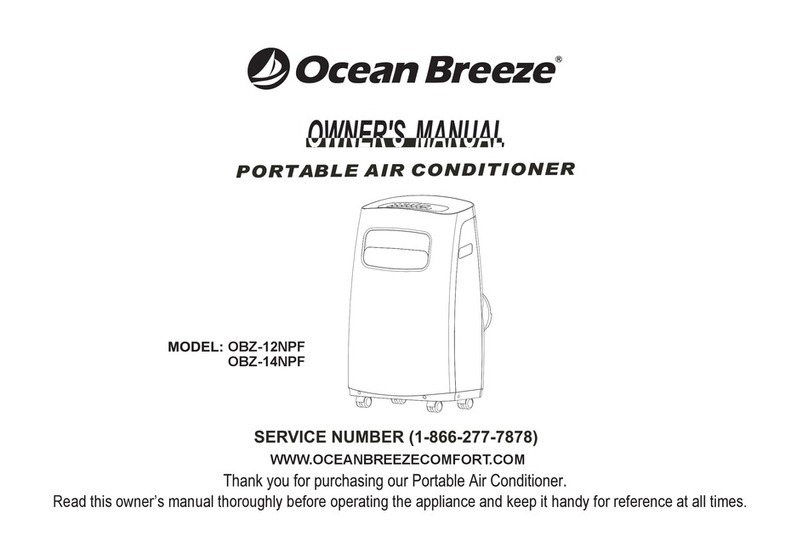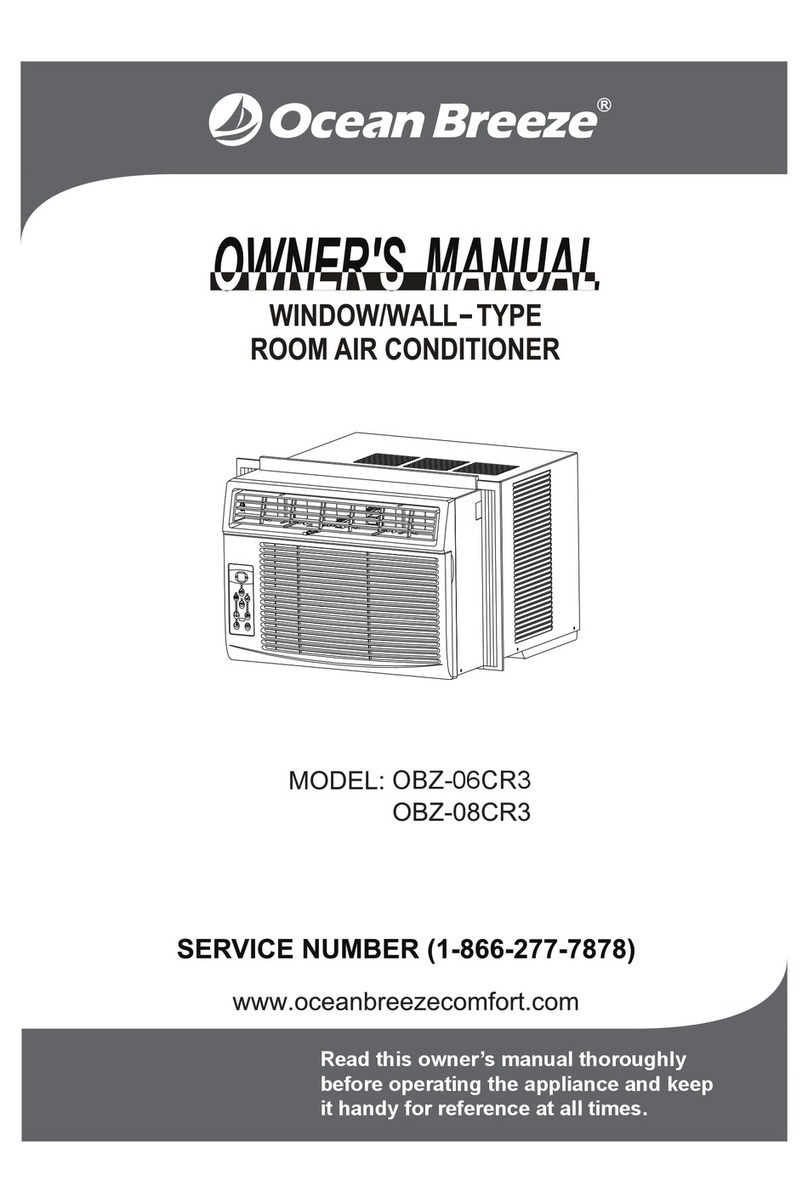Ocean Breeze OBZ-09NPH User manual
Other Ocean Breeze Air Conditioner manuals
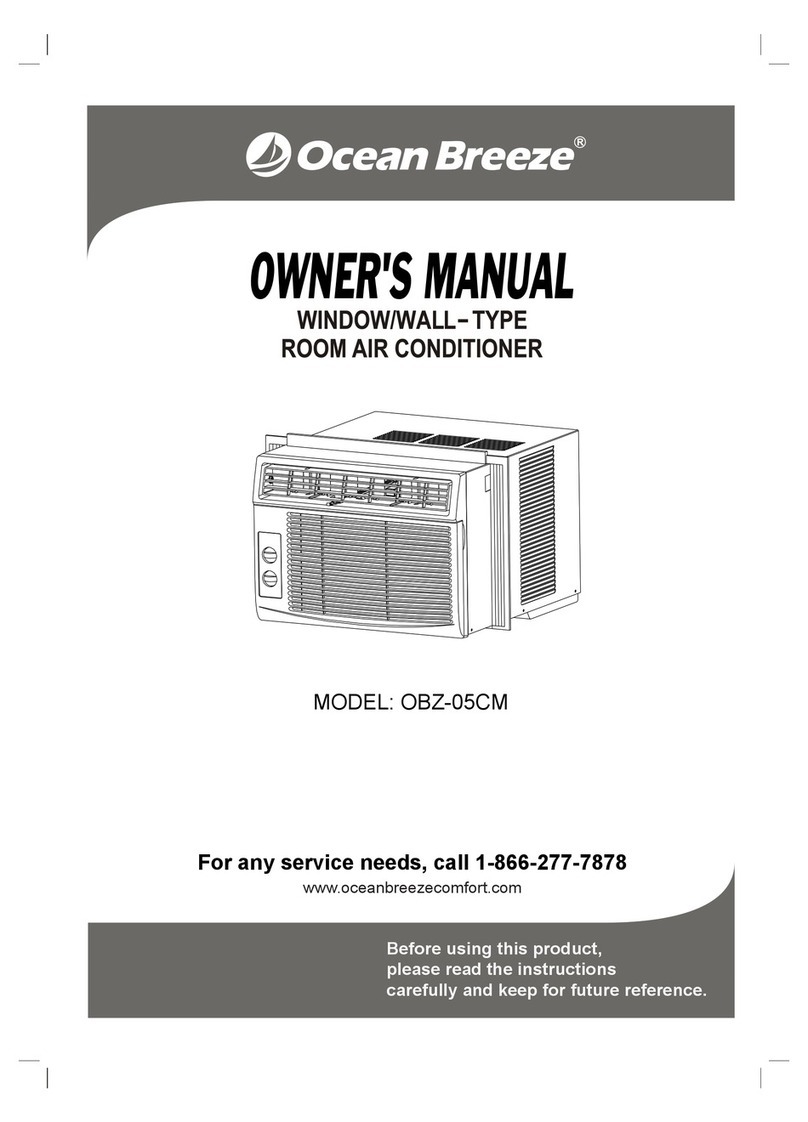
Ocean Breeze
Ocean Breeze OBZ-05CM User manual
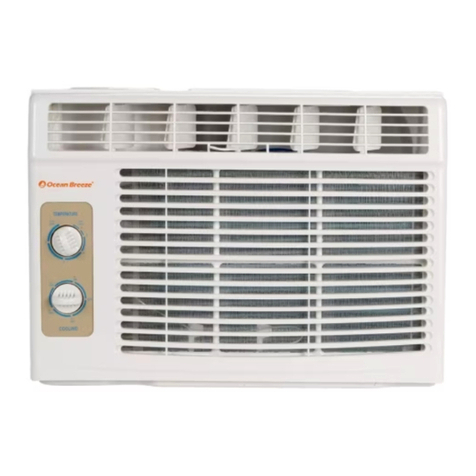
Ocean Breeze
Ocean Breeze OBZ-05CMN3 User manual
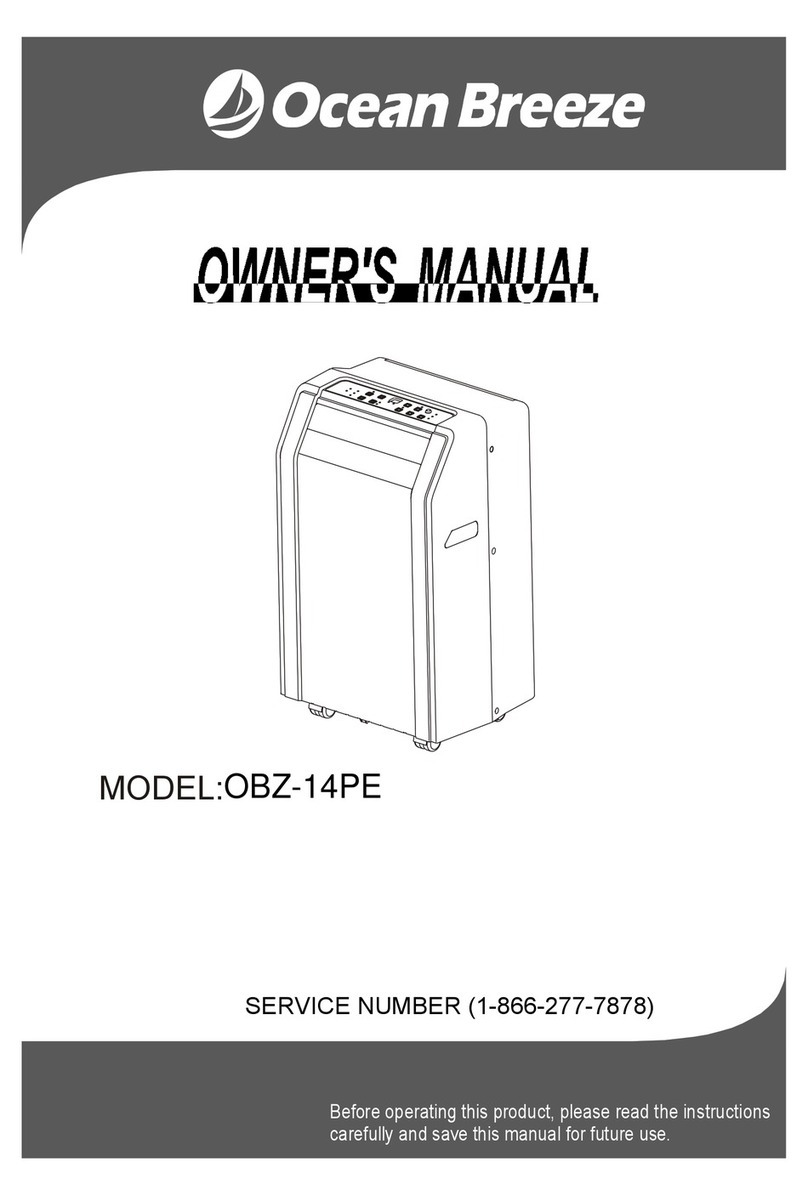
Ocean Breeze
Ocean Breeze OBZ-14PE User manual
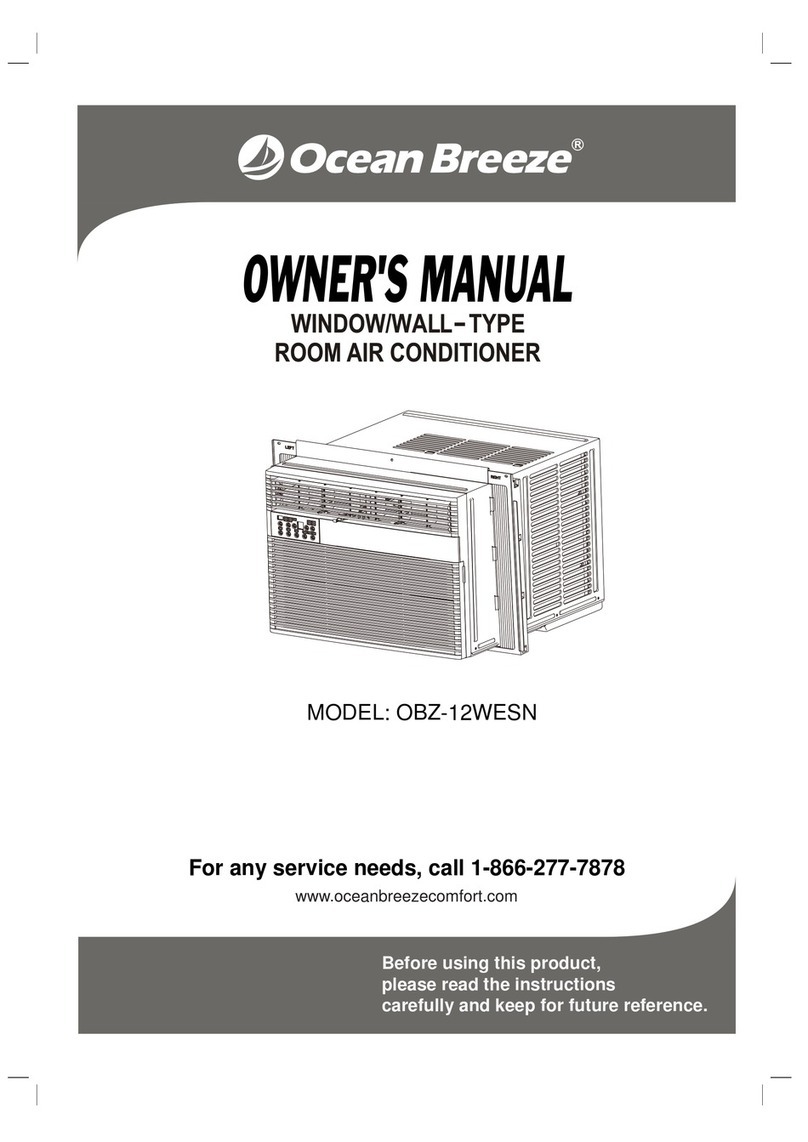
Ocean Breeze
Ocean Breeze OBZ-12WESN User manual
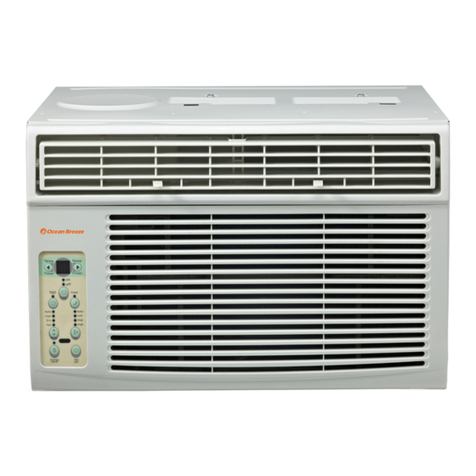
Ocean Breeze
Ocean Breeze OBZ-05ESN3 User manual
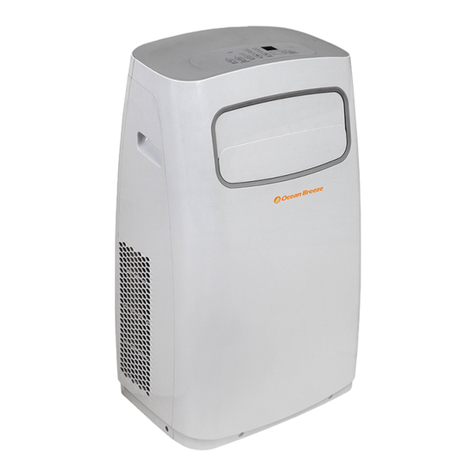
Ocean Breeze
Ocean Breeze OBZ-08NPE User manual
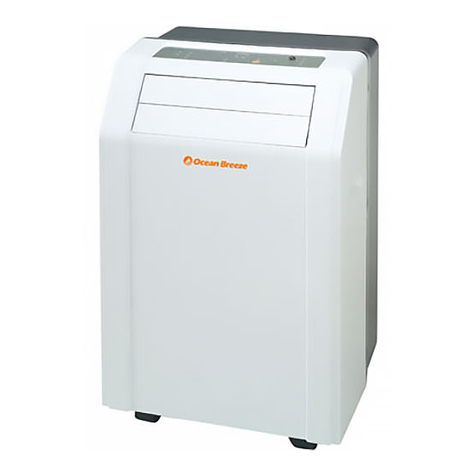
Ocean Breeze
Ocean Breeze OBZ-08PE User manual
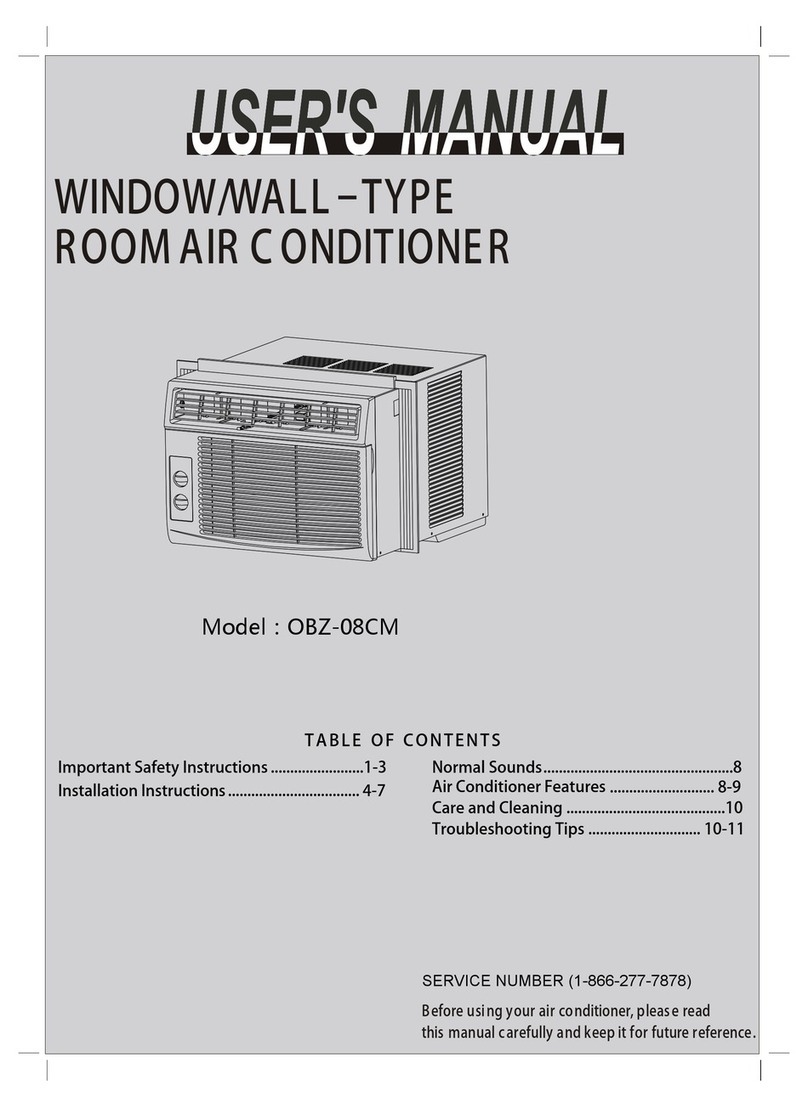
Ocean Breeze
Ocean Breeze OBZ-08CM User manual
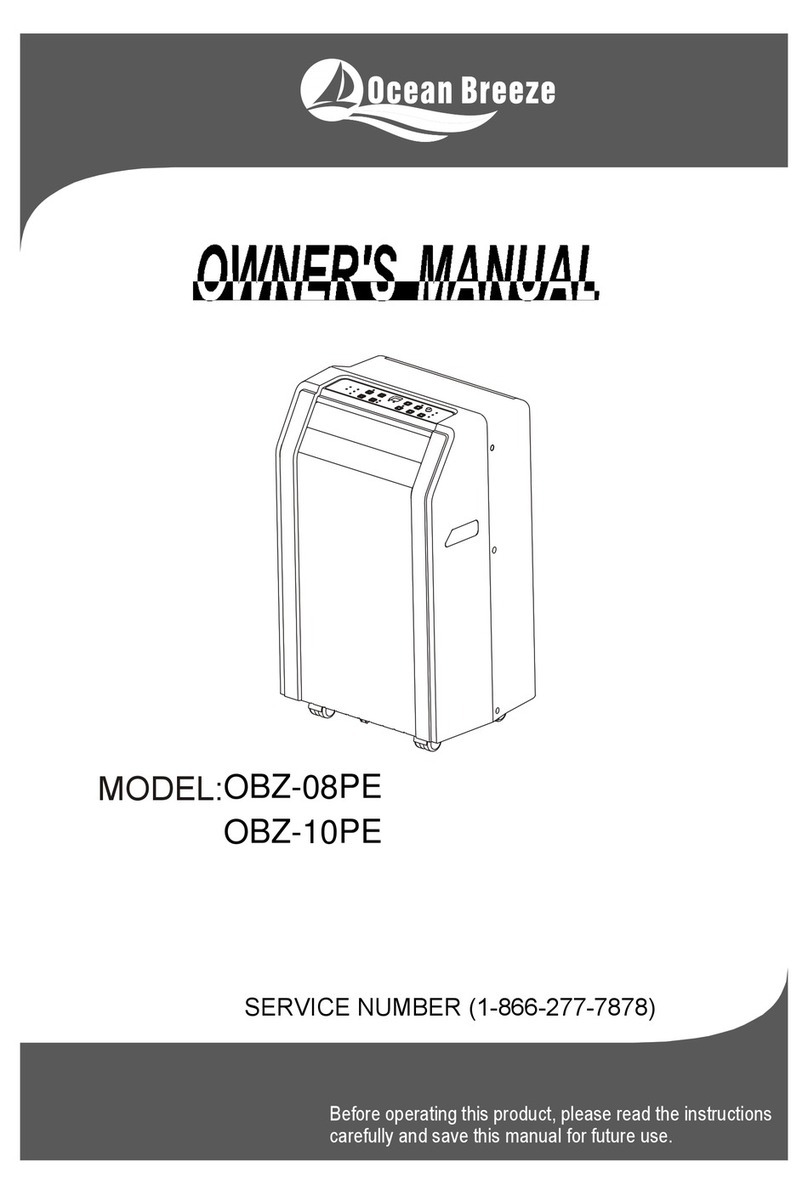
Ocean Breeze
Ocean Breeze OBZ-10PE User manual
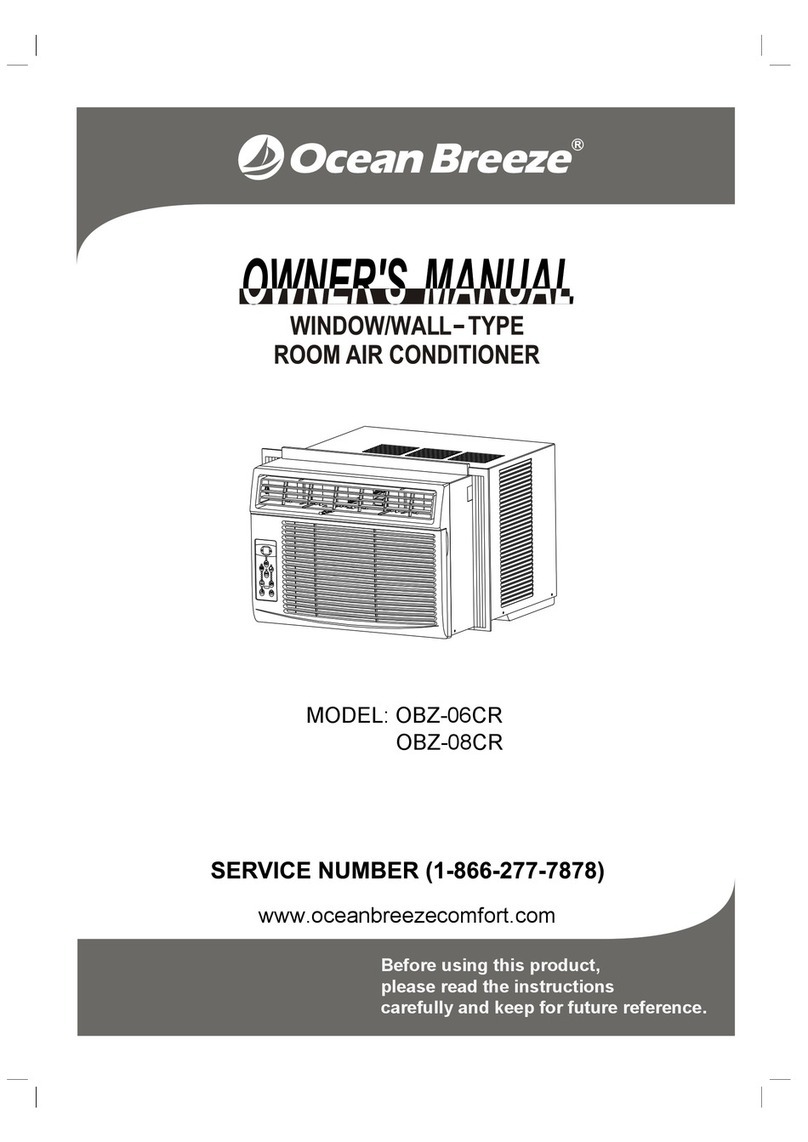
Ocean Breeze
Ocean Breeze OBZ-06CR User manual
Popular Air Conditioner manuals by other brands

Fujitsu
Fujitsu ASYG 09 LLCA installation manual

York
York HVHC 07-12DS Installation & owner's manual

Carrier
Carrier Fan Coil 42B Installation, operation and maintenance manual

intensity
intensity IDUFCI60KC-3 installation manual

Frigidaire
Frigidaire FAC064K7A2 Factory parts catalog

Sanyo
Sanyo KS2432 instruction manual

Mitsubishi Electric
Mitsubishi Electric PUHZ-RP50VHA4 Service manual

Panasonic
Panasonic CS-S18HKQ Service manual

Panasonic
Panasonic CS-E15NKE3 operating instructions

Gree
Gree GWH18TC-K3DNA1B/I Service manual

Friedrich
Friedrich ZoneAire Compact P08SA owner's manual

Daikin
Daikin R32 Split Series installation manual

